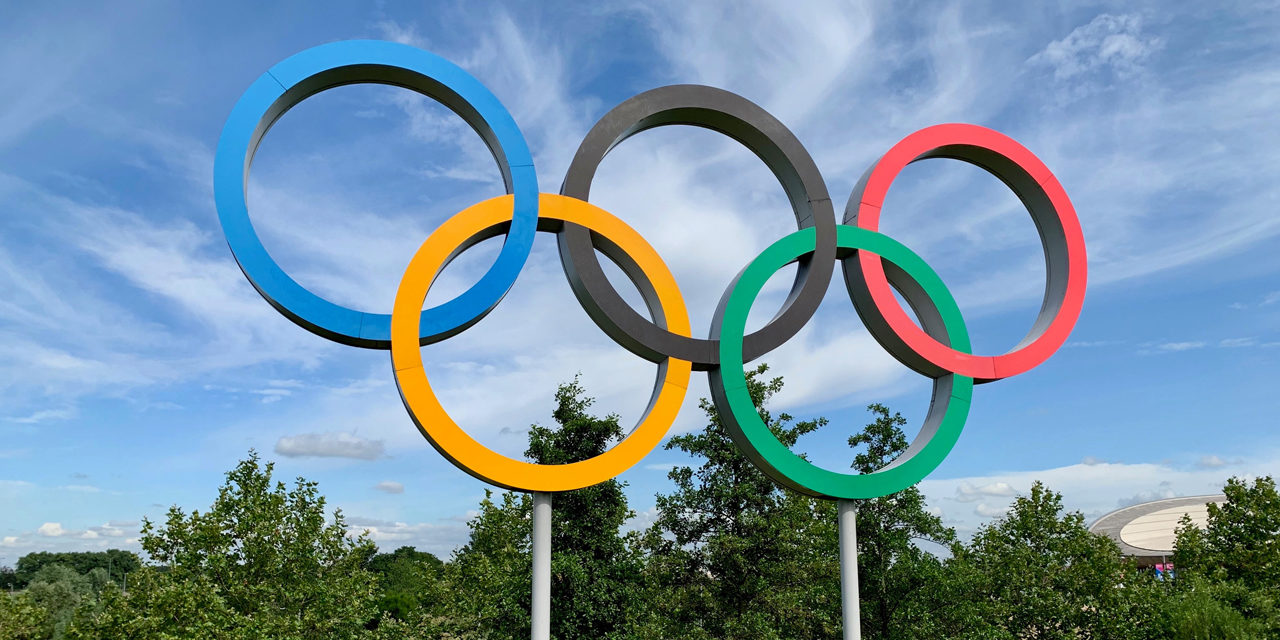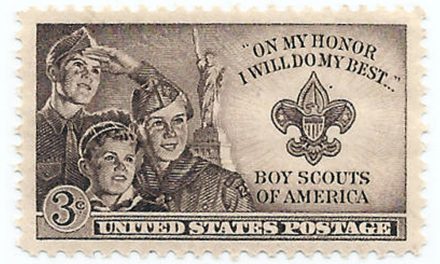The International Olympic Committee (IOC) announced it will publish new guidelines on transgender-identified athletes after the Tokyo Olympics.
This leaves in place the guidelines adopted in 2015, which allow for men who believe they are female to compete at the 2020 Olympics in women’s sports. Those transgender guidelines state that “there has been a growing recognition of the importance of autonomy of gender identity in society, as reflected in the laws of many jurisdictions worldwide.”
In plain English, the IOC acknowledges the rapid growth of the transgender movement, including the idea that people somehow choose their own gender – rather than having their biological sex decided at conception.
Just to give one example of the growth of transgender ideology, back in 2014, Facebook began allowing users to choose from more than 50 different “gender” options. In the United Kingdom, users were given more than 70 choices. Then the company added a fill-in-the-blank option, leaving an infinitude of choices.
But the tradition-bound Olympics remain mired in the reality that there are only two sexes. As a result, they only offer competitors the binary choice of either men’s or women’s sports. It would be interesting to see what the games might look like with 70 or more different “gender” choices in each sport. Imagine: “Next up, pangender 100 freestyle swimming” or “We’re watching the genderqueer gymnastics finals.”
Still, the IOC has bought into the transgender idea that people can somehow change from one sex to the other. The organization first opened the door for people to compete as the opposite sex in 2003. Those guidelines required athletes to have surgeries and two years of opposite sex hormones to make their bodies look like the opposite sex.
The IOC changed the guidelines in 2015. According to IOC medical officials, “The guidelines are designed as recommendations – not rules or regulations – for international sports federations and other bodies to follow.”
Those changes allow women who think they are male to compete in men’s sports – without any restrictions. The same year they were adopted, Chris Mosier, born female but living as a man, qualified for the U.S. Olympic trials in the 50 kilometer race walk. Mosier dropped out of the race after a knee injury. Mosier had previously competed as part of the U.S. national men’s team in the triathlon and the duathlon.
The 2015 IOC guidelines differ for men who believe they are women. Surgery is no longer required, but for a male to compete against women, he must declare a female “gender identity” and maintain that identity for at least four years. In addition, testosterone levels must be kept below a minimum level for at least the previous year.
In February, the first man tried out for the 2020 Olympic women’s marathon. Megan Youngren, a 28-year old who was born male, did not qualify for the Olympics, placing 230 out of 450 runners.
Being born male doesn’t necessarily make you a better athlete than a woman. But at the Games, where athletes strive to be “faster, higher, stronger,” being born male and developing as a male gives elite male athletes an advantage with greater lung capacity and heart size; larger, heavier bones and muscles; and different hip and leg structures. Taking female hormones and suppressing testosterone don’t undo all those sex-based differences.
There are several men – who now identify as women – who could qualify for women’s events. Tiffany Abreu is a volleyball player who plays in the Brazilian Women’s professional women’s league, “Superliga.” Before that, Abreu competed in men’s leagues in Europe. The 35-year old player is 6 feet, four inches tall and began “transitioning” to living as a woman in 2012. Abreu set a record for total points scored in a single game, though the record has since been equaled by another teammate.
Another possible transgender-identified Olympic contender is BMX freestyle rider Chelsea Wolfe. The sport, new to the Olympics, involves BMX riders performing tricks and jumps off ramps and other obstacles. Athletes are judge on elements such as difficulty, originality and style. Wolfe placed third at the BMX Freestyle National Championships last October. The website Shred Girls describes Wolfe as a “BMX-ing Shred Girl IRL (in real life)” with “crazy-cool” tricks. Wolfe, born male, announced he was a woman five years ago.
As a young man in New Zealand, Gavin Hubbard set junior weightlifting records. Seven years ago, Hubbard announced his “transition” from Gavin to Laurel. Hubbard took a women’s gold medal at the 2017 Australian Open, weighing in at about 291 pounds and lifting a combined total in the snatch and the clean and jerk of almost 591 pounds. The 6-foot-1-inch athlete has since gone on to take first in women’s lifting at the Commonwealth Championships, the Oceana Championships and the Pacific Games. Now, the 42-year old Hubbard is gunning for the Olympics, after winning last month’s World Cup, in Rome.
Both men and women work for years to hone their athletic skills and compete at sports, hoping to make it to the Olympics. We’ve already seen men take podium spots and medals from women in high school, college and international sports events. As the IOC succumbs to gender ideology, we may see more at the 2020 Summer Olympics.
Related articles and resources:
Biologically Male Collegiate Athlete Wins Female Runner of the Week Award
Male and Female: Biology Matters
New Resource for Parents: “Responding to the Transgender Issue”






